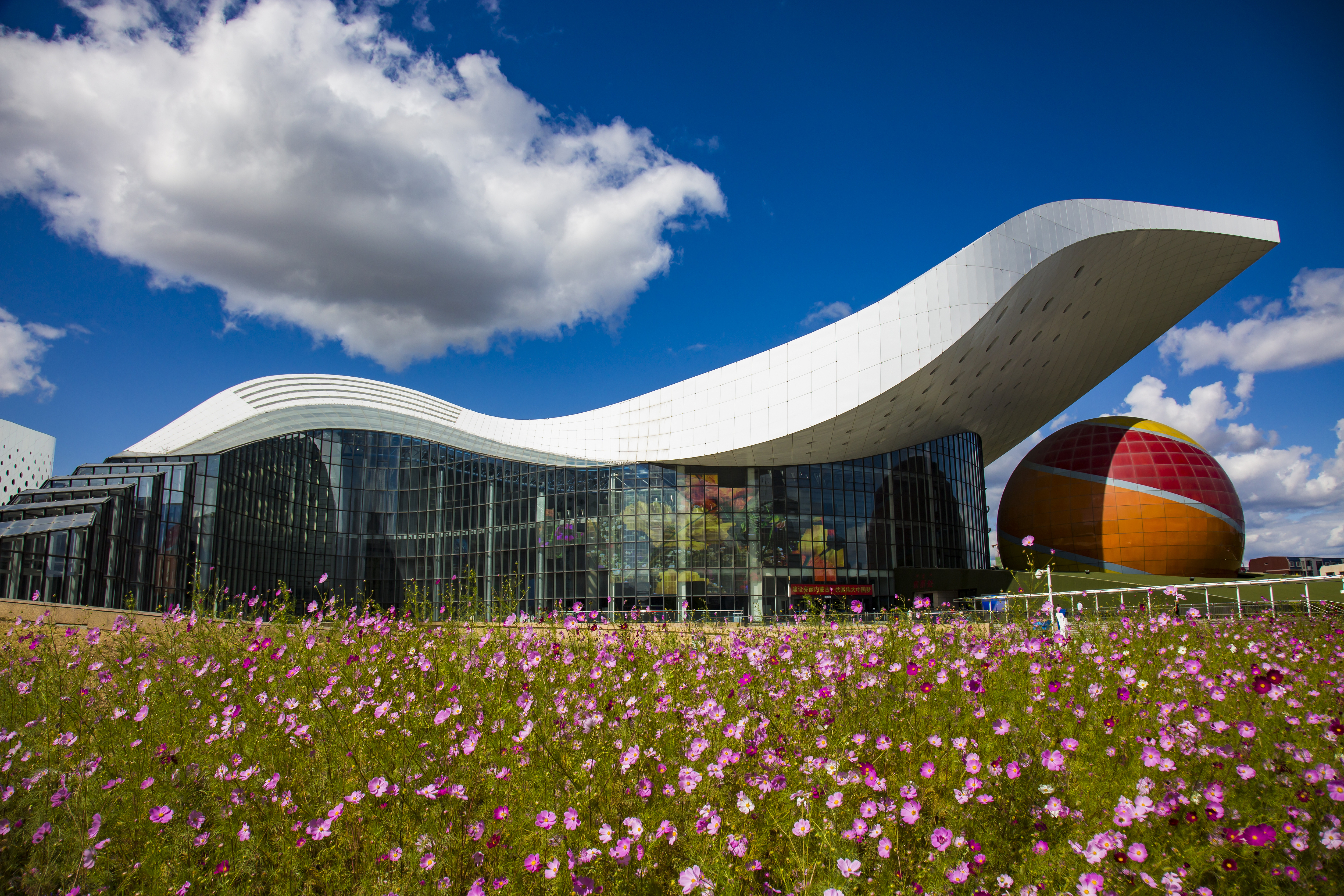R&D Breakthrough Campaign Kicks Off in Inner Mongolia
By LI Linxu
Inner Mongolia, a heavyweight in hydrogen energy production, is striving to make more research and development (R&D) breakthroughs.
Here born China's first civil liquid hydrogen plant last year. It is also the place where the country's first hydrogen fuel cell hybrid locomotive started a trial run last month.
Before the plant, the country's production capacity of liquid hydrogen only had four tons per day, mainly used for rocket launches, while the plant can produce 30,000 tons liquid hydrogen and 20,000 tons of high pressure gaseous hydrogen per year once reaching target output.
Compared with traditional diesel locomotives, the hydrogen fuel cell hybrid locomotive is expected to cut carbon emissions by about 96,000 tons a year running on a 627-kilometer railway.
These are prime examples of Inner Mongolia's huge progress in science and technology in recent years, and more achievements are expected as a new round of R&D investment breakthrough campaign is on the way for Inner Mongolia.

Inner Mongolia Science and Technology Museum (PHOTO:VCG)
In 2020, it spent 16.11 billion RMB on R&D. During the period of 2021-2025, the R&D expenditure of the whole society in Inner Mongolia is expected to grow by more than 12 percent annually, according to a document newly released by Inner Mongolia.
The document, titled the 14th Five-Year Plan for Inner Mongolia Autonomous Region's Science and Technology Innovation, details an ambitious blueprint for its next phase of work.
According to the plan, by the end of 2025, the number of high-tech enterprises per 10,000 enterprises will increase to 50. In 2020, the figure stood at 33.37.
The number of high value utility patents per 10,000 people will reach 1.80, almost double that of 2020.
In addition, the full-time equivalent of R&D personnel per 10, 000 employees will rise to 30 in 2025, up 60 percent from 2020.
The plan focuses on an array of important industries, such as modern energy economy, modern chemical industry, modern farming and stock breeding industries, and strategic emerging industries.
A series of key technologies in these fields are highlighted, including wind and solar power hydrogen production, large scale energy storage, green metallurgy, green farming and breeding, and carbon capture, utilization and storage.
To create an innovation hub, the region is making all efforts to improve its R&D infrastructure and services.
Talent from home and abroad are greatly welcomed, says the plan. Foreign experts introduction system will be improved so as to create a more convenient work environment in the region.

